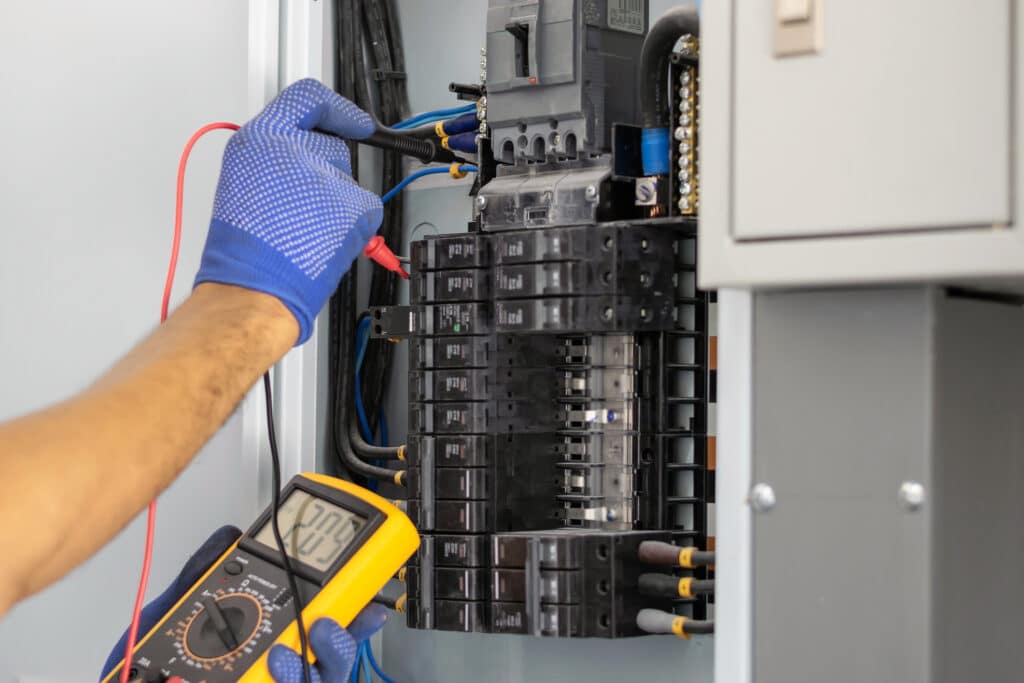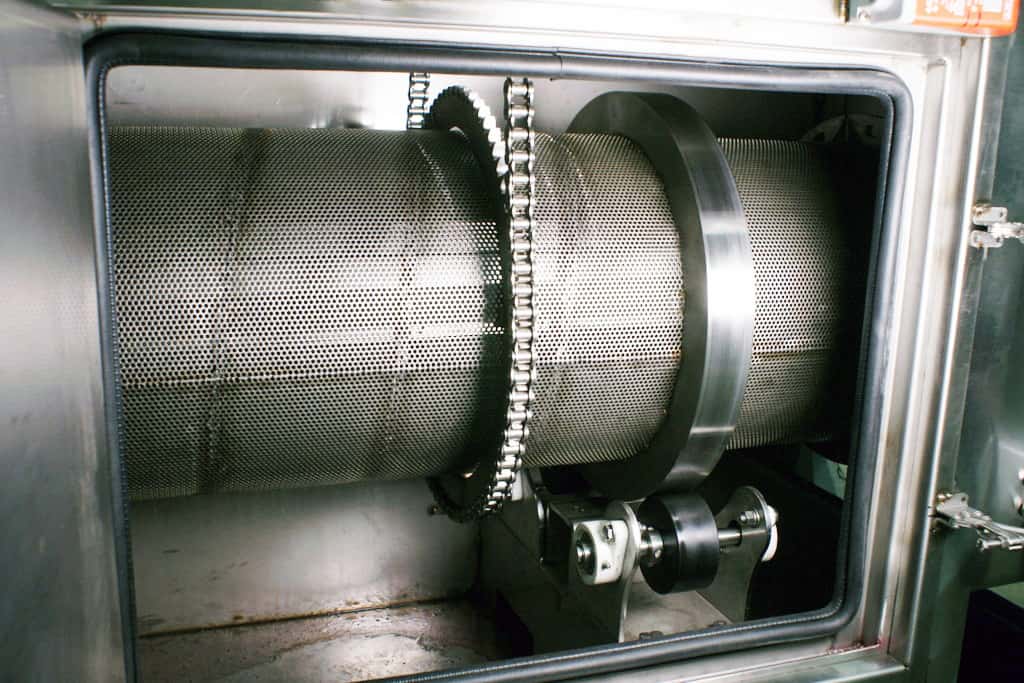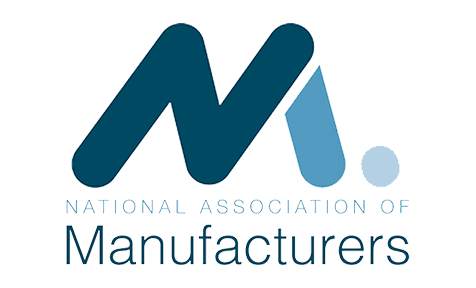Part Washer Maintenance is crucial for efficiently and effectively operating any part-washing equipment. Regular upkeep and proper techniques can significantly extend the lifespan of your equipment and ensure optimal performance. In this blog post, we will discuss some of the best practices for maintaining and operating your part-washing equipment so you can keep your equipment running smoothly and your parts sparkling clean. With these tips and tricks, you’ll be rinsing right in no time!
Understanding the Basics of Parts Washing Equipment
Getting to grips with the fundamental operations of parts washing equipment is pivotal before setting foot into the maintenance and upkeep realm. A parts washer primarily functions to cleanse and degrease industrial components. This is realized by subjecting the parts to relative motion, pressure, temperature, chemistry, and time. But what influences the effectiveness of this cleaning procedure? Several factors play a crucial role here, from the part washer’s pressure output and the cleaning agents employed to the state of the spray nozzles. Maintaining an optimal part washer and the cleaning solution requires regular and thorough tank clean-out, thus enhancing the cleaning process. Remember, your parts are only as clean as your last rinse if you have more than one stage. Finally, the condition of the spray nozzles is equally critical since clogged or faulty nozzles can compromise the cleaning efficacy. Thus, understanding these basic mechanisms is the first step towards proficient part-washing equipment upkeep.
The Significance of Regular Maintenance Checks
Akin to the human body’s need for regular health check-ups, your part-washing equipment also demands consistent maintenance scrutiny. These preventative evaluations can be a game-changer, helping you catch minor glitches before they become big, budget-draining issues. A stitch in time saves nine, remember?
Routine inspection of the chip baskets, bag filters or strainers, spray nozzles, and water levels are key components in your maintenance routine. Establishing a daily, weekly, monthly, or quarterly schedule, depending on the usage and workload of your part washer, is a good starting point. By regularly inspecting the aforementioned components, you’re not just expanding the machine’s lifespan but enhancing its performance. It’s like ensuring that your vehicle is in top shape before a long road trip. You wouldn’t want to end up with dirty parts because of a clogged nozzle or inadequate water level, would you?
What parts are usually examined and replaced during regular maintenance checks?
Don your maintenance hat and regularly check or replace these parts to keep your machine efficient and your business running smoothly:
- Dryer/Heater: Dryer/Heater: Examining the dryer/heater on a part washer as part of regular maintenance is crucial for several reasons. Firstly, these components play a significant role in drying after parts are cleaned. Proper drying is essential to prevent water spots, residue, or corrosion on parts, ensuring they are ready for subsequent processing or use. Secondly, heaters and dryers can accumulate scale, debris, or wear out over time, affecting their efficiency and performance. Regular checks allow for early detection of issues such as heating element failure or insufficient drying capacity, impacting overall productivity and quality control. Additionally, maintaining these components ensures consistent operational reliability and efficiency, reducing the risk of delays or defects in production. By addressing potential problems proactively through scheduled maintenance, businesses can extend the lifespan of their part washers, optimize performance, and minimize downtime and repair costs associated with unexpected failures.
- Pumps: Regularly checking pumps on a part washer is essential to maintain optimal performance and prevent downtime. Pumps are critical for circulating cleaning solutions at the correct pressure and flow rate, ensuring effective parts cleaning. Regular checks can identify potential issues early, minimizing the risk of unexpected failures that could disrupt operations. Moreover, proper maintenance extends the equipment’s lifespan by reducing strain on other components and promoting energy efficiency. This proactive approach enhances operational reliability and helps avoid costly repairs associated with major pump malfunctions, ultimately saving on maintenance expenses over time.
- Nozzles: Regularly checking or replacing the nozzles on a part washer is essential to maintain cleaning efficiency, as clogged nozzles reduce the effectiveness of the spray. Ensuring proper spray patterns prevents uneven cleaning and potential damage to parts, which could result from inadequate cleaning. This maintenance practice also extends the equipment’s lifespan by preventing strain on the pump and other components, and it is cost-efficient by reducing the likelihood of unexpected breakdowns and associated repair costs.
- Filter Bag: Replacing the filter bag is essential for maintaining the efficiency and effectiveness of the part-washing equipment. Over time, the filter bag accumulates debris and contaminants, which can hinder its ability to filter out particles effectively. If not replaced, this can lead to reduced cleaning performance, potential blockages, and increased wear and tear on the equipment. Regular replacement ensures that the machine operates smoothly, maintains optimal cleaning performance, and prevents possible damage to other components, ultimately extending the lifespan of the equipment and avoiding costly repairs.
By dedicating time to these routine checks, you’ll ensure your equipment remains in peak condition, ultimately benefiting your business in the long run. This dedicated attention to your equipment’s health will ultimately pay dividends, keeping your machine, and by extension, your business, running smoothly.
Choosing the Right Cleaning Agents and Solutions
The cleansing power behind your part washer is the cleaning agent. It is the unsung hero that scrubs and brings back the shine to your industrial parts. Therefore, picking the appropriate cleaning solution is akin to choosing the right fuel for your car – the better the quality, the smoother the ride.
Green choices are more than just a trend; they’re necessary in today’s environmentally conscious world. By opting for eco-friendly detergents, you’re making a conscious effort to reduce your carbon footprint. You’re also showing a commitment to sustainable practices that don’t compromise on the quality of cleaning.

While the focus is on being eco-conscious, it’s equally important not to overlook the detrimental effects of corrosive cleaners. A noncorrosive part washing chemistry not only assures the safety of your parts but also elongates the life of your washer.
Keep in mind that the right cleaning solution balances environmental responsibility, quality cleaning, and protection for your washer. It’s about finding a solution that works harmoniously with your washer, enhancing its cleaning prowess, and securing longevity. So, the next time you reach for a cleaning agent, remember—it’s more than just soap—it’s the lifeblood of your part washer.
Importance of a Consistent Cleaning Schedule
Like a dedicated athlete, a part washer requires regular fine-tuning sessions to stay at the top of its game. A cleaning schedule isn’t just about keeping your machine spick and span; it’s about preventing minor hiccups from snowballing into costly repairs or replacements down the line. Picture this: a busy kitchen that never takes the time to clean its utensils. Grimy pots and pans will undoubtedly affect the taste of the food, won’t they? Similarly, your part washer needs its own routine cleaning to ensure it remains a high-functioning piece of equipment.
Regular draining and replacing cleaning solutions, similar to changing the oil in your vehicle, ensures your machine always operates with clean and efficient fluids. Checking and cleaning out clogged spray nozzles should be part of this routine, keeping the washer’s performance at an optimum level. Removing debris from your washer is akin to a regular home cleanup – you don’t want a cluttered space hampering your washer’s efficiency.
Consistency in cleaning schedules is vital to ensure no lapses that could potentially harm your machine. Just as a balanced diet and regular exercise can contribute to a longer, healthier life, a steadfast cleaning schedule significantly extends the life of your part washer. Remember – your part washer needs as much TLC (tender loving care) as any other vital piece of equipment in your workspace. Your investment in a consistent cleaning schedule will help your part washer continue to deliver top-notch performance. So, roll up those sleeves and give your machine the cleaning schedule it deserves!
Prioritizing Safety and Environmental Regulations
The role of safety and environmental regulations in maintaining part-washing equipment cannot be dismissed. It is, in essence, the ethical groundwork that ensures safe operations and a healthier environment. Safety begins with selecting detergents—using eco-friendly alternatives is not just a nod towards environmental sustainability, but it also promotes safer workspaces. And let’s not forget the need for appropriate personal protective equipment when operating or servicing your part washer. This ensures that your safety, or that of your employees, is never compromised.
Next on the priority list is the safe disposal of used cleaning solutions. It’s not as simple as pouring it down the nearest drain. Adherence to local disposal laws prevents environmental contamination and helps you avoid hefty fines and penalties.
Also, keep in mind that safety extends beyond physical health. A well-maintained and safe workspace also contributes to mental well-being, encouraging a more productive and satisfied team. Prioritizing safety and environmental regulations is an all-around win for you, your team, and Mother Earth. So, let’s be eco-warriors and safety advocates as we navigate the world of part-washing equipment maintenance.
Implementing Preventative Maintenance
Preventative maintenance is all about a stitch in time saving nine. It’s a proactive approach to maintaining your part-washing equipment that safeguards against unexpected breakdowns and associated downtime. Imagine taking a long road trip without checking your car’s oil, tire pressure, or gas levels. Sounds risky, right? The same applies to your part washer. Regular inspections and timely interventions help keep your machine running smoothly and efficiently.
A well-implemented preventative maintenance schedule hinges on maintaining the optimal part washer water level, an aspect previously discussed. But it doesn’t stop there. Attention should also be given to other components of your machine. Wear and tear are inevitable in any equipment. Timely identification of worn-out parts and their replacement prevents more significant issues from surfacing later. It’s like replacing a flat tire on your car – by dealing with it at the onset, you’re averting a potential roadside breakdown.
Preventative maintenance may feel like an additional task on your to-do list. However, remember that it’s a strategic investment that pays off in terms of machine longevity, consistent performance, and overall cost savings. So, don your maintenance hat and make preventative maintenance an integral part of your part washer care regimen. After all, it’s better to be safe than sorry!

Maintaining your equipment is multifaceted, from understanding the inner workings of your parts washer to knowing when to call in the professionals. Regular, scheduled maintenance is not a suggestion; it’s a requirement. Knowing that prevention is better than cure is like showing up for routine dental check-ups. These checks allow for identifying and addressing minor issues before they snowball into major problems, thereby preventing unnecessary downtime.
Implementing a pre-planned maintenance schedule is equally important. Like a fitness regimen, you need a structured routine to stay in top condition. Set a timeline for routine checks, cleanings, and parts replacement, ensuring your machine runs at peak performance.
Just as you wouldn’t hand over the keys to your car without teaching someone how to drive, proper training is integral for safely operating and maintaining your part washer. Ensuring everyone understands the equipment’s functioning mitigates the risk of accidental damage or misuse.
The need for timely part replacement is a fact of life. Just like changing worn-out tires or swapping out an old furnace filter, it’s essential to watch for signs of wear and tear in your parts washer. Early identification and replacement prevent issues that could stall your operation.
As we’ve discussed before, choosing suitable cleaning agents is vital for the machine’s effectiveness and longevity. Prioritizing eco-friendly and noncorrosive cleaners protects your machine, parts, and the environment.
Speaking of the environment, we must always stay vigilant about safety and environmental compliance. This includes proper disposal of used cleaning agents and maintaining a safe workspace.
Finally, remember that experts at Better Engineering are here to help! Whether you’re dealing with a stubborn issue or need help with routine maintenance, BE helps ensure your part-washing equipment keeps running smoothly, allowing you to focus on what you do best: your business.






